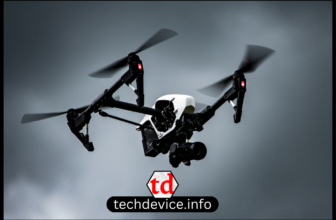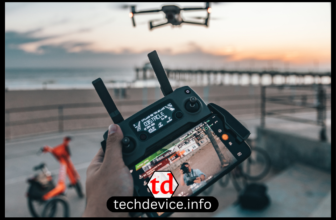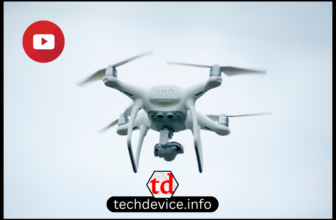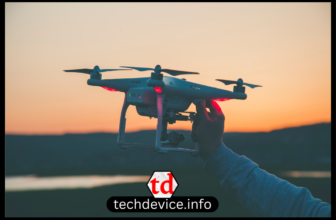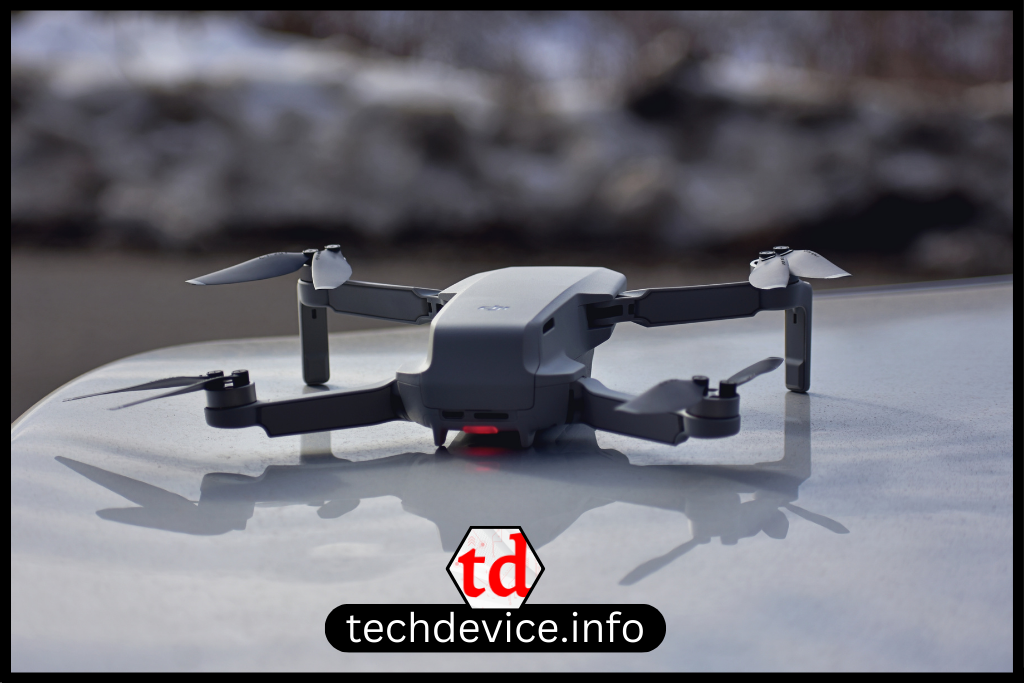
Best Drone Camera for Filmmaking
Curious to know about the best drone camera for filmmaking in 2023? We have selected some top filmmaking drones according to their functionality.
Best Drone Camera for Filmmaking in 2023
Want to know about the best drone camera for filmmaking? Drones have undoubtedly significantly impacted the film business regarding filmmaking possibilities. Many drones on the market have excellent cameras and can record breathtaking aerial scenes. Hollywood increasingly uses drones to improve its blockbuster films and television shows. Today’s drones are much more capable of recording airborne footage than most people could ever think. They can shoot 4K films, have a variety of clever flight modes, and are lightweight.
Most drones now include various functions, including GPS, 4K cameras, sensors, LEDs, obstacle recognition and avoidance, follow-me mode, and return-to-home functionality. But how do you pick the drone you need? Since many different drones are available nowadays, we’ll list the top ten so you can choose the ideal one for filmmaking.
1- DJI Phantom 4 Pro
Specifications
- 30-minute flight time
- 72 kph maximum
- Range of Control: 7 kilometers
- 20 MP camera
- a 4K 60 fps video
- 1,36 kilograms
The buzz that developed around the DJI Phantom 4 Pro was justified. The improved flight time of 30 minutes is awe-inspiring for a drone. Versions of the DJI Phantom 4 Pro that have a more sophisticated 20-megapixel camera can shoot 4K footage (3840 x 2160 pixels) at 30 frames per second with a bitrate as high as 60 Mbps. It is possible to take pictures in RAW format, which is uncompressed. Another benefit is that you can select the camera of your choice, and the drone is a little more “windproof” due to its weight of 1388 grams.
The “follow me” mode has cutting-edge obstacle avoidance technology, which can be very helpful in some situations. The drone can adjust to its surroundings, fly around obstacles, and produce accurate tracking photographs autonomously. Avoiding obstructions can be a great advantage when using the follow-me mode. The Phantom 4 stands out as the best drone camera for filmmaking on this list with this capability. The longer flight time of the Phantom 4 is one of its main benefits since it enables the camera to follow an object for a more extended period and capture more images or longer videos.
Pros
- Can perform any task.
- A steady flight.
- modern (4K) cameras
- improved video quality
- Speed
Cons
- Bulky style
- High Price
- Remote controls lack a display.
2- Typhoon H Plus (Best Drone Camera for Filmmaking)
Specifications
- 28 minutes for the flight
- 30 mph maximum
- Range of Control: 1.6 kilometers
- 20 MP camera
- Video: Full HD 1080p/720p, 4K 60 fps
- 1.9% of a kilo
Aerial photographers, videographers, and other creative workers in the film business are the target market for the Typhoon H Plus model. The drone is much heavier than the competitors at 1.9 kg, and it is also not foldable. A new fuselage and propeller system made the drone 40% quieter. The device’s creator claims that it offers stable flight in winds up to 13 m/s. Typhoon H’s top speed in sport mode is greater than the Phantoms’ top speed, at 72 km/h.
The drone has optional ultrasonic obstacle distance sensors and Intel RealSense’s patented obstacle avoidance technology. The device includes a 20-megapixel camera for aerial photographers and videographers, enabling you to capture 4K footage at 60 frames per second. At the same time, you can rotate the camera 360 degrees while using the stabilizer suspension. The f/2.8 aperture lens and increased ISO range (100-6400) of the drone make it possible to shoot in low light. There are also a variety of inventive shooting modes, such as Orbit and Point of Interest.
Pros
- Modern camera.
- RealSense Obstacle Avoidance System from Intel.
- a 4K rotating camera
- Flying stability in winds up to 13 m/s.
Cons
- 1.6 km is a short working distance.
- A brief trip of 19 minutes
3- Walkera Vitus 320
Specifications
- Time of flight: 25 min
- 56 kph maximum speed
- Range of Control: 3 km
- 12 MP camera
- Ultra HD video at 4K 60 frames per second
- Size: 870 g
What distinguish it from other best drone camera for filmmaking? The Walkera Vitus 320’s style is strikingly similar to that of the venerable DJI Inspire 2. Everything occurs with a focus on logic and simplicity. It may explain why the drone has such a polished, serious appearance. Its dimensions, when folded, are 9.3 x 23.3 x 11.4 cm, which looks incredibly small.
The model weighs 870 grams, which is a reasonable amount. The Walkera Vitus’s shooting apparatus is one of its advantages. The drone is equipped with a 12-megapixel Wi-Fi camera with a viewing angle of 8b degrees based on the Sony 1 / 2.3 “matrix (in contrast to the well-known Mavic, whose viewing angle does not surpass 78.8 degrees). The camera can capture Ultra HD (3840x2160p) video at 30 frames per second. The most significant speed at which it can do so is 60 frames per second, with Full HD (1920x1080p) quality.
Pros
- Compact size and portability
- an excellent 25-minute flight time
- Automated modes of flying.
Cons
- The Walkera Go Vitus App
- JPEG only; no RAW image
- limited (3 km)
4- DJI Mavic Pro
Specifications
- Time of flight: 27 min
- 67 kph maximum speed
- Range of Control: 7 kilometers
- 12 MP camera
- 4K 30 fps and Full HD 1080p
- Size: 743 g
The DJI Mavic Pro is famous for many pilots due to its low cost, compact design, and high capabilities. The drone folds up to a small size of 83 x 83 x 198 mm (HxWxD) and weighs only 740 grams. The 1/2.3-inch Sony matrix, f/2.2 lens, and electronic shutter function (with a speed of 8 to 1/8000 seconds) are all features of the 12-megapixel camera. The camera enables slow-motion recording in full HD resolution at 96 frames per second and in HD at 120 frames per second. Additionally, you may capture video in 4K (3840 2160) at bitrates of 60 Mbps and frame rates of up to 30 fps.
A three-axis mechanical stabilization suspension supports the camera. The Mavic Pro comes with front and bottom obstacle avoidance sensors. The battery’s 3830 mAh capacity provides adequate power for 27 minutes of flight and a top speed of 65 km/h. There is a Platinum version of the Mavic Pro in addition to the standard model, which includes modernized propellers and an electronic speed controller. These two updates made it possible to make the best drone camera for filmmaking with a flight time of 30 minutes.
Pros
- Low cost.
- Quick setup.
- Good shooting performance.
- 13-kilometer flight range.
- Adaptive flying modes
Cons
- In heavy winds, the flight is not steady.
- The gimbal could be more robust.
Conclusion
The majority of drones on the market now can shoot photos and videos of very high quality. However, the best drone camera for filmmaking will always stand out from the rest of the pack because of its superior design, color, contrast reproduction precision, and the operability of the software that controls the device. As a result, this post aims to discuss the best drone camera for use in filmmaking. Therefore, before deciding on the best drone camera, you need to consider various features, such as GPS, 4K cameras, sensors, LEDs, the ability to recognize and avoid obstacles, a follow-me mode, and the capability to return to its starting point automatically.
For more info visit www.techdevice.info


